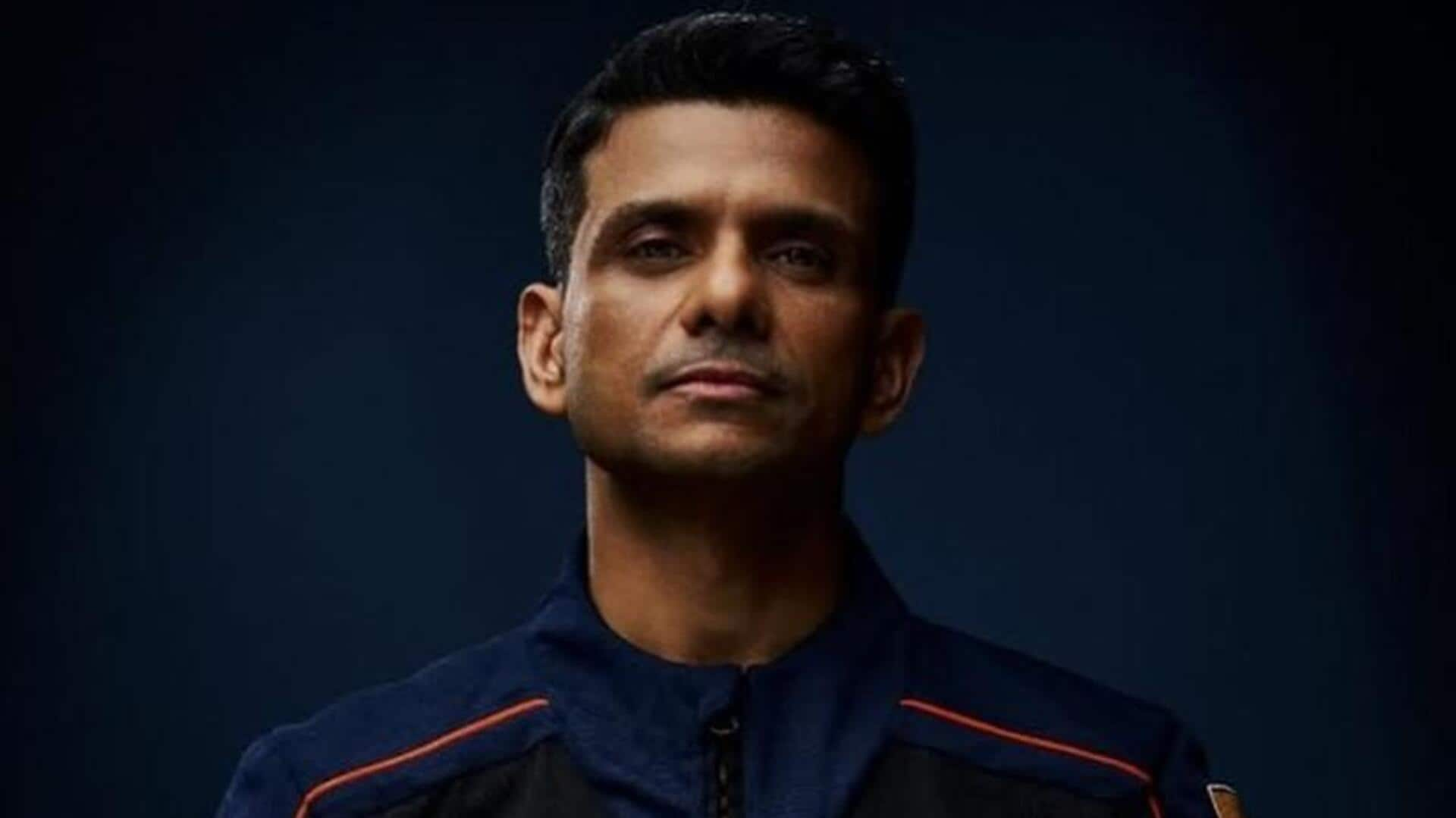
Shubhanshu Shukla to undergo 7-day rehab after returning from space
What's the story
Astronaut Shubhanshu Shukla is all set to return to Earth on July 15, 2025. His return will mark the end of an 18-day mission at the International Space Station (ISS) under the Axiom-4 (Ax-4) program. Upon splashdown off California's coast, he will go through a seven-day rehabilitation program to readjust to Earth's gravity and conditions, the Indian Space Research Organization (ISRO) said in an update on the Ax-4 mission.
Mission details
Astronauts docked at ISS on June 26
Shukla, along with three other astronauts, Commander Peggy Whitson and mission specialists Slawosz Uznanski-Wisniewski and Tibor Kapu from Poland and Hungary, respectively, docked at the ISS on June 26. The four-member crew is scheduled to undock from the ISS on July 14 at 7:05am ET (4:35pm IST), NASA says. After a series of orbital maneuvers, their Crew Dragon spacecraft will splash down off California's coast on July 15 at 3:00pm IST, according to ISRO.
Financial commitment
Cost of Shukla's trip to ISS
ISRO paid about ₹550 crore for Shukla's trip to the ISS. This experience will be crucial for the space agency in the planning and execution of its human spaceflight program, Gaganyaan, which is scheduled to launch into orbit in 2027. "ISRO's flight surgeons are continuously monitoring and ensuring the overall health and fitness of the Gaganyatri through participation in private medical/psychological conferences," ISRO said.
Final preparations
Schedule for the return journey
Before their return journey, Shukla and the other astronauts will board the spacecraft at 2:25pm IST, don their space suits, and conduct necessary tests. The ISS orbits Earth at a speed of 28,000km/h. The Dragon spacecraft will start an autonomous undocking process to slow down and re-enter Earth's atmosphere for splashdown off California's coast.
Research work
Experiments conducted by Shukla during his stay
During his stay, Shukla worked on a microalgae experiment, deploying and stowing samples that could one day provide food, oxygen, and biofuels for deep-space missions. He also took part in the Voyager Displays study to understand how spaceflight affects eye movement and coordination. The crew collected data for a study exploring astronauts' perception of their environment in orbit, key for designing mentally supportive habitats for long-duration missions.